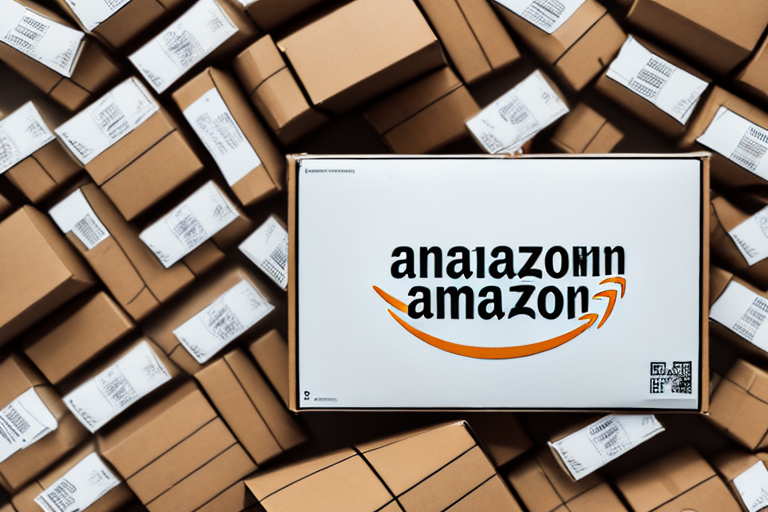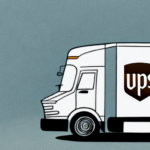Understanding Void Labels
Void labels are specialized indicators used in product packaging to show evidence of tampering or removal. Equipped with unique adhesives, these labels leave a visible mark such as "VOID," a pattern, or even a hologram when removed or tampered with. This feature makes them an essential tool in various industries to ensure product integrity and consumer safety.
Importance of Void Labels in Various Industries
Void labels are utilized across a multitude of sectors including food and beverage, pharmaceuticals, electronics, and automotive industries. They serve as a protective barrier, ensuring that products remain untampered with during shipping, storage, and handling. For instance, in the pharmaceutical industry, void labels help comply with the FDA's regulations on tamper-evident packaging, thereby preventing the distribution of counterfeit or contaminated medications.
Enhancing Product Safety and Quality Control
By preventing unauthorized access or tampering, void labels play a critical role in maintaining product safety and quality. This is particularly important in industries dealing with perishable goods or hazardous materials, where the integrity of the product is paramount.
Compliance with Regulatory Standards
Many industries are governed by strict regulations regarding product safety and packaging. Void labels help businesses adhere to these standards, avoiding legal repercussions and ensuring that products meet necessary safety criteria.
Legal and Regulatory Implications
Businesses employing void labels must adhere to various legal and regulatory standards to ensure compliance and avoid penalties. The Federal Trade Commission (FTC) provides guidelines on labeling and packaging that emphasize honesty and transparency. Non-compliance can result in substantial fines, legal actions, and damage to a brand's reputation.
Federal and Industry-Specific Regulations
Different industries may have specific requirements regarding the use of void labels. For example, the pharmaceutical sector is subject to stringent regulations by the FDA, which mandates tamper-evident packaging for certain medications to protect consumers from counterfeit products.
Ensuring Honest Marketing Practices
Void labels must not be used to deceive consumers. The FTC mandates that all product labels be truthful and not misleading, which includes accurate information about the product’s ingredients, origin, and any potential health risks.
Identifying Void Labels on Products
Recognizing a void label on a product involves looking for specific indicators such as the word "VOID," unique patterns, or holographic images that appear when the label is tampered with or removed. Some advanced void labels incorporate serial numbers or barcodes for enhanced authentication and tracking.
Features of Effective Void Labels
- Visible Markings: Words like "VOID" or "OPENED" that become apparent when the label is disturbed.
- Holographic Elements: Complex images that are difficult to replicate, adding an extra layer of security.
- Unique Serial Numbers: Allowing for individual product tracking and verification.
Preventing Counterfeit Products with Void Labels
Counterfeiting poses a significant threat to various industries, particularly those involving high-value or sensitive products. Void labels act as a deterrent by making it evident if a product has been tampered with or copied.
Strategies to Combat Counterfeiting
Employing void labels with unique identifiers, holographic elements, and serial numbers increases the difficulty for counterfeiters to replicate authentic products. According to a report by the International Criminal Police Organization (Interpol), counterfeit products account for billions of dollars in losses annually, making effective anti-counterfeiting measures essential.
Enhancing Brand Protection
By integrating void labels into their packaging, businesses can protect their brand reputation and maintain consumer trust. Authentic products can be easily distinguished from counterfeit ones, reducing the risk of consumers purchasing inferior or dangerous fake products.
Enhancing Consumer Trust and Loyalty
Consumers today are increasingly concerned about the authenticity and safety of the products they purchase. By implementing void labels, businesses demonstrate their commitment to quality and transparency, thereby building trust and fostering customer loyalty.
Building Brand Integrity
Transparent labeling practices reassure consumers that the product has not been tampered with, enhancing the overall brand image and encouraging repeat purchases. Trustworthy brands are more likely to receive positive word-of-mouth referrals, further boosting their market presence.
Promoting Transparency
Including detailed information such as manufacturing dates, batch numbers, and expiration dates on void labels promotes transparency. This allows consumers to verify the authenticity and freshness of the product, enhancing their confidence in the brand.
Best Practices for Implementing Void Labels
To maximize the benefits of void labels, businesses should follow best practices in their implementation:
- Select Appropriate Labels: Choose labels that meet industry-specific requirements and offer the necessary security features.
- Ensure Proper Application: Labels should be applied correctly and securely to prevent accidental removal or tampering.
- Regular Monitoring: Periodically check labels for damage or signs of tampering, and replace any compromised labels promptly.
- Stay Compliant: Keep up-to-date with relevant regulations and guidelines to ensure ongoing compliance.
- Customize for Security: Incorporate unique features like holograms or serial numbers to enhance security and brand identity.
Training and Education
Educate staff and stakeholders on the importance of void labels and the correct procedures for applying and monitoring them. Proper training ensures that void labels are effectively utilized to protect products and maintain compliance.
Conclusion
Void labels are a critical component in ensuring product safety, preventing counterfeits, and maintaining consumer trust. By understanding their importance and implementing them effectively, businesses can protect their products and uphold their brand integrity in a competitive marketplace. Staying informed about regulatory changes and continuously improving labeling practices will further enhance the effectiveness of void labels in safeguarding both products and consumer interests.






















